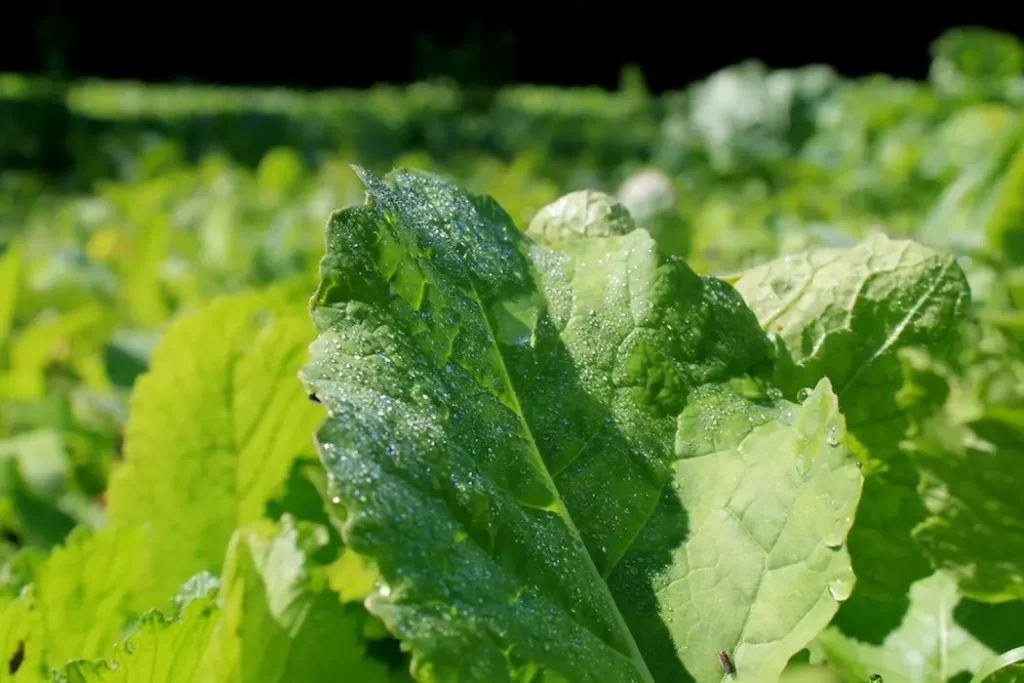In the vast realm of food plot options, achieving Plotting Perfection demands a comprehensive understanding of various seed varieties and their specific characteristics. To navigate this intricate terrain, one must consider factors such as climate, soil type, and the intended purpose of the food plot. The first cornerstone in achieving a successful food plot is acknowledging the importance of climate and soil conditions. Different seeds flourish in distinct environments, and recognizing the specific needs of each seed is paramount. For instance, cold-season crops like clover and Brassica thrive in cooler climates, while warm-season options such as soybeans and sunflowers are better suited for hotter regions. Conducting a thorough assessment of your plot’s environment ensures that the chosen seeds align harmoniously with the natural conditions, setting the stage for optimal growth and yield.

Equally vital in the seed selection process is understanding the purpose of your food plot. Are you aiming to attract and nourish wildlife, or perhaps cultivate a plot for hunting purposes? Each objective warrants a tailored seed choice. For those prioritizing wildlife, options like clover, chicory, and alfalfa prove irresistible to deer and other game species. On the other hand, hunters may lean towards crops like corn, soybeans, or oats, strategically placed to entice game and enhance the hunting experience. Identifying your primary goal allows you to hone in on seeds that align with your overarching objectives, ensuring a food plot that serves its intended purpose with precision. Moreover, selecting a diverse mix of seeds can contribute to the overall health and sustainability of your food plot. A well-balanced blend provides a continuous food source throughout the seasons, catering to the varying nutritional needs of wildlife. The inclusion of legumes, grains, and Brassica in your seed mix fosters biodiversity and enhances the plot’s resilience to environmental changes.
In the pursuit of Plotting Perfection, staying informed about the latest advancements in seed technology is essential. Keep abreast of innovative seed varieties engineered for improved disease resistance, higher nutritional content, and enhanced growth rates. Engaging with local agricultural experts and seeking advice from seasoned food plotters can also provide invaluable insights into regional success stories proven seed combinations and visit site. In conclusion, achieving the perfect food plot is an art, and selecting the ideal seeds is a critical brushstroke in this masterpiece. By considering climate, soil conditions, intended purpose, and embracing a diverse seed mix, one can cultivate a flourishing plot that not only attracts wildlife but also stands resilient against the challenges of nature. Plotting Perfection is a nuanced process, and with the right seeds sown, the rewards will manifest in a vibrant, thriving food plot that exceeds expectations.
